Many experts predicted present Pandemic. Unfortunately not many paid attention. Very soon we are going to start seeing effects of ignoring sustainability, Going Green, climate change. As an individual, we think these subjects are to be taken care by governments or corporate.
Design decisions & building materials we use for Home Interior are big factors when it comes to sustainability.
We invited Architect Sagar Valia to help us understand – How to decorate your House with Sustainable Interior Design solutions.
My journey to Sustainability
“Earth is in a state of climate emergency”. And in this state of hour, I would like to take you through my journey of sustainability transformation.
I am a very philosophical and spiritual person and always inquisitive about studying the subject of life on earth, humanity and its evolution, etc. This sets me into shadows of knowing the facts behind the activities.
I have been a good artist since my childhood and hence after my schooling I decided to pursue architecture. It has been an exciting and adventurous journey. I have been fortunate to be working on large-scale architecture projects. But this is where I realized that I am transforming the nature into a concrete forest. Having realized this, it raised many questions in my mind and after having thought for several years I decided to end my tenure of transforming nature to concrete of over a decade and begin a new chapter of my life in sustainability to reconnect back to environment.
This new chapter was a result of lot of market research for current and future trends of various disciplines that will leave a great life ahead for myself and the environment. Being an architect, I have a wide exposure to the basic resources such as energy, water and waste as they are part of the composition of all the projects. Hence, I could narrow my need for the course modules and head started my MSc in Renewable Energy and Resource Management from the University of South Wales, UK. This being one of the only universities in the world offering a rare combination of all resources I was looking for.
However, the journey of transformation was about to begin. In the course of time, there were lot of internal and external transformations that took place. It was the first time I took an international flight. A whole new approach to life and living style.

It was a great moment of experience having landed in Wales. The perfect time of the year to visit too. There was nature all around, lush green mountains, colorful trees, cleanliness at its peak that I had ever seen and most importantly a very clean air to breathe. I was happy about it. Over the next few days, I got aligned to several new ways of change in living habits.
I took my first train ride 7 days after I reached Wales to visit the main city and was totally stunned looking at the diesel engine train. I was in a state of shock. I started to wonder what’s wrong with the government. On one side I see valleys that look like a green blanket spread over the mountains and on the other side I am here in a diesel engine train polluting the environment. I raised this point to many people and learned that there is a massive transformation to electric train line planned over the next couple of years. That gave me some sigh of relief.
My course began in the week after and I started learning about renewable energy, water treatment, waste-water treatment and solid waste management. During the course I learned that UK has a website for national grid which gives an overview of daily power generation through mix of various sources, separate water portal to discover where the water comes from and where does it go and had a website for waste as well that gives great insight about the statistics of waste and various directives for waste processing. There is a portal that gives information about the anaerobic digestion plants across the UK all located on the map with their details. I thought this is cool and knowing more of this I was feeling good appreciating the transparency of information.
I was impressed with the way waste segregation was adopted in the University campus cafeteria but on the contrary was unhappy with the waste disposal from my own room and common kitchen that was located in the university accommodation. The waste from my room and kitchen went unsegregated. But there were stations to drop used clothes and shoes. As part of my course study, we visited an anaerobic digestion plant that processed nearly 100 tons of wet waste daily to convert into heat and electricity.

It was news to me that all the water that comes in any tap is potable water including the water used for flushing in toilet. But it was sad to know that all the water that drains out is being pumped across long distances crossing various elevations before it reaches the water treatment plant. For a moment I thought about the amount of energy consumed in pumping the water to be treated. Then came a day when I visited a centralized waste-water treatment plant which treated nearly 100,000 m3 of water daily. What was great about the plant was the sludge being treated further in the anaerobic digestion plant to further generate heat and electricity.
10 months passed by, and it was the first time I had ever heard about green energy providers after I moved outside the university accommodation into a private house. It was a good idea to have power with us to choose a provider that supplies your energy to the house that is clean. Also, there was a good waste management practice in place with 3 bin system i.e., food waste, dry recyclable and general waste. What was even better was that the food waste compostable bags and recyclable bags for dry waste was available at all libraries to pick up for free by the government. With this support there was also a stringent guideline in place, during one of the dry recyclable waste pickups there was some contamination found in one of the dry waste recyclable bags kept on the roadside for pickup and there was a notice stuck on the main door immediately as a last warning and to be fined £50 if found again.
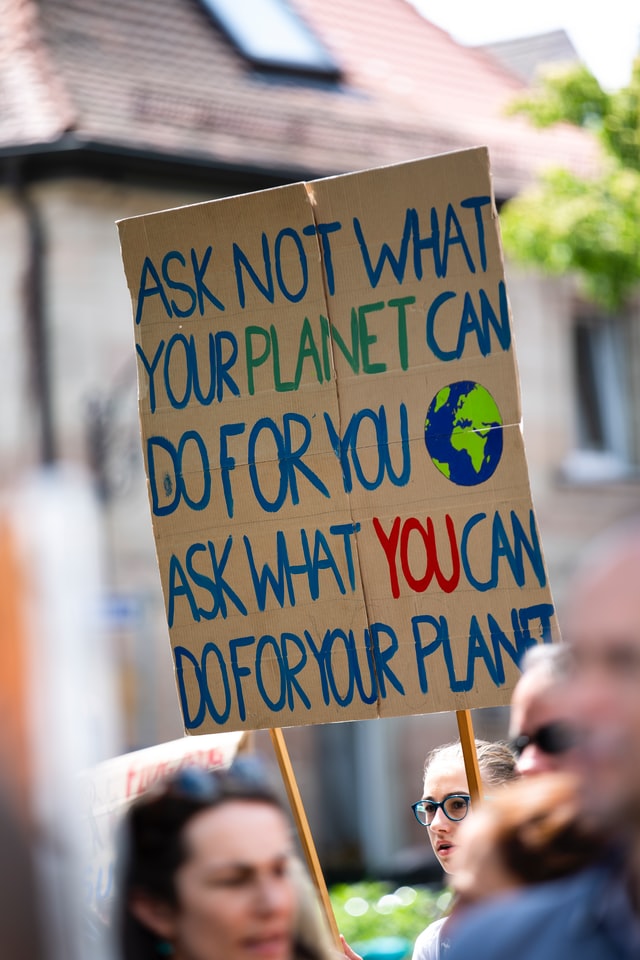
By now I was packed with curiosity to know more about how an individual impacts the climate change. I decided to make this as my topic of study for dissertation. The study was restricted to UK to establish a sense of control. I started figuring out various relations between different resources such as energy, water, waste and emissions. Too many concepts about climate change were unknown to me as I came from a design background. It was a great learning exercise of reading several scientific papers, browsing endless data on the internet to familiarize with diverse terminologies used in the language of climate change. I started preparing a framework to understand the problem at the root level. I needed lots of statistical data to study and analyze. Through my previous experience of transparent data about resources I thought it would be easy to tap into various sources for data. But that was not true, I struggled to get datasets that could be relatable. I was having a tough time to form a relationship between the datasets to analyze. But with great efforts I could come up with the conclusion that UK contributed only 1% of the total world’s greenhouse gas (GHG) emissions and residential, business and transport activities contributed close to 80% of UK’s GHG emissions.
My study in dissertation on climate change is a strong reason for my hard inclination towards sustainability. I realized that we have the power in our hands to relook into how we can shape our lifestyle and habits that will leave a positive impact on the environment.
Soon after I graduated, I planned my return immediately to Mumbai. I believe India has a much higher carbon footprint and hence requires more efforts to work towards reducing the environmental impact. This left me thinking for various ways that we can lead our ways to minimize our impact. You may have noticed earlier that there were loopholes in the system in UK too, the university faced difficulties in trying to make students follow the waste management regulations in the university accommodation. The plastic footprint per person is much higher in UK because local groceries and vegetables were too heavy on the wallet and hence people preferred to buy to shop from the supermarkets that would sell the items wrapped heavily in plastic. It was only 9 months later after returning back to Mumbai that I learned that Wales is a world leader in waste management.
Over the period of my dissertation, I was heavily transforming myself towards a sustainable living. I did everything to reduce my ecological footprint. Many things that I did and do might sound crazy, but the intentions have been clear to do all that it takes to reduce my environmental impact. Today at home, I have a difficult time conveying about it to my parents and sister.
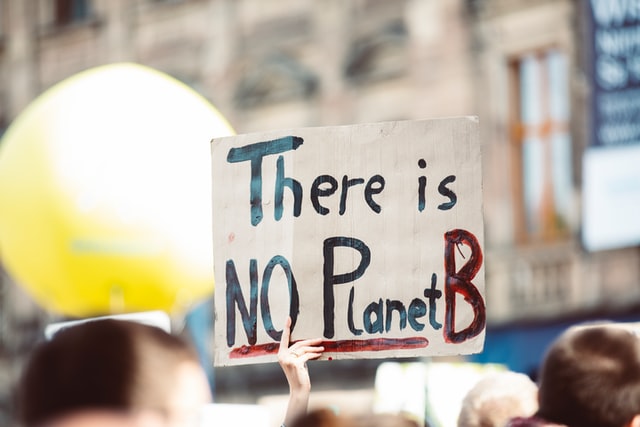
During my stay in UK, I had been completely Vegan for few months after months of struggle as I could not resist cheese. But cheese was the greater reason to turn myself vegan as it has a high carbon footprint. Although my veganism didn’t last for more than 5 months, however the only difference is only drink cow’s milk in addition to vegan diet. It consumes immense water to brew a cup of coffee and hence I try to drink it very occasionally. I stopped taking a shower and filling up water in the bucket to have my bath. It’s been more than 19 months since I last shopped my new clothes, footwear and electronics. I try to walk within a distance of 1 km radius. Try to take public transport as much as possible, but not in these COVID days.
I always carry my steel bottle of water and avoid plastic bottled water completely. Always carry cloth bags with me whether or not I need them. I am in the process of setting up home composting soon as I have been travelling largely, although we segregate out wet and dry waste. Dry waste being further segregated into paper, plastic, metal, glass, tetrapak, e-waste, batteries, etc. in our housing society. Recently, my dad wanted to dispose off his shoes and did everything to prevent them from being disposed off in the bins which would have eventually landed in the dumping ground. This is when I realized that when I am struggling to make my own family realize the implications of our actions, I have a long way to go in order to address this to the masses. I follow minimalism deeply and have been decluttering my personal possessions slowly over the past several years. Avoid accepting gifts completely so that it doesn’t end up adding more items into my room and eventually reaching landfills if unused and not recycled. These are some of the few things I have adapted towards a sustainable lifestyle.
Now, let me take you through my process of thoughts that drive my thinking deeper to adapt to sustainability. I started questioning myself about awareness on where the various resources such as energy, water and waste come from and go from my house. I started looking for information on the web and guess what, my questions kept on rising and I started feeling more anxious not receiving the answers I wanted to know. More than 50% of electricity in India is still powered by coal. Mumbai generates more than 6000 tons of waste daily with majority of it reaching the dumping grounds. The residential society I live in uses more than 100 lts of domestic water per person daily and there is still shortage of water, flushing water is additional that is reused after being treated from the STP. I started believing there is some psychological problem. I am at war with myself every day.
The human evolution has reached its peak, but wait a minute, are we mindful enough to look around and realize what’s happening outside in the real world. Do you think that you are conscious enough to notice outside? I am not referring to which restaurant where your friend is checking in on the facebook or knowing about who won the T20 cricket match. I mean are we looking into effects our actions have on our environment. We require 1.77 earths to meet requirements of the resources for all the current populations on the planet. So, availability of resources is one part and leaving an environmental impact that is changing the climate is another. We have to be thoughtful for both of them.
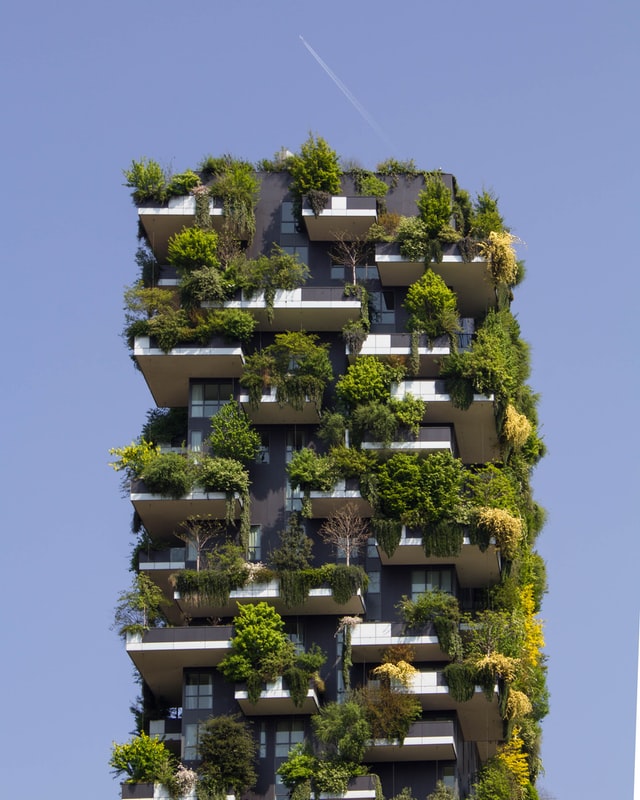
Have you ever thought about where does the water that goes off the drain disappear, what is happening to that more than 6000 tons of waste generated daily in Mumbai alone, what are the emissions that are released from the coal fired plants that help meet my electricity requirements doing to our environment, what takes for an apple to reach your food plate? Well, the story doesn’t end here but it only begins. The changing landscape is leaving a wider impact on the local biodiversity. Every time I think about these and several more issues which is lately multiple times daily, I get more and more anxious to figure out what to do and how to do.
It takes a lot of will power and courage to transform and be silly enough to be a misfit in the society. The question is, why be a misfit when this needs to be adapted as part of daily lifestyle to leave a low environmental impact. Not everyone has to adapt to such a crazy lifestyle, but can you downsize and find greener ways to adapt in your lifestyle in some manner that may support our environment and leave our future generations a better place to live.
However, the bigger question is why one must care about the science of climate change?
If this triggers you, please leave your comments below with ways you think we can solve this problem collectively at a bigger level.
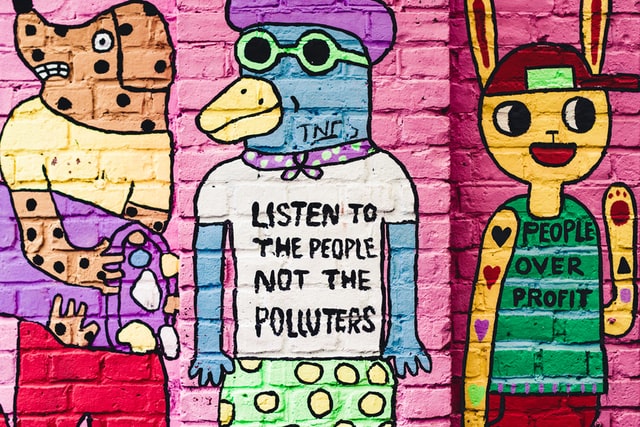

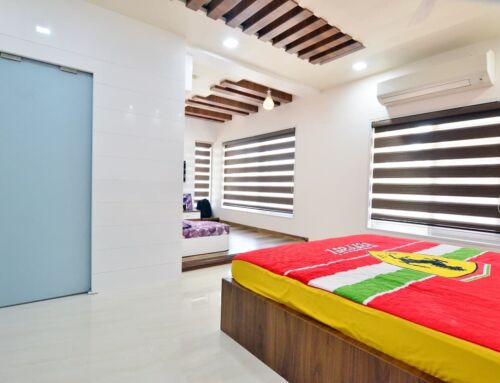
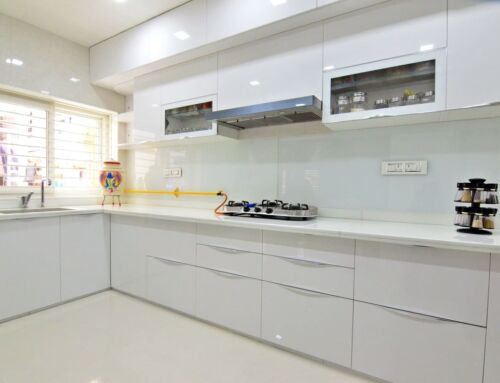
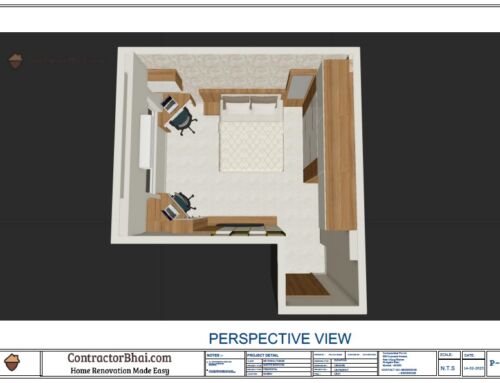
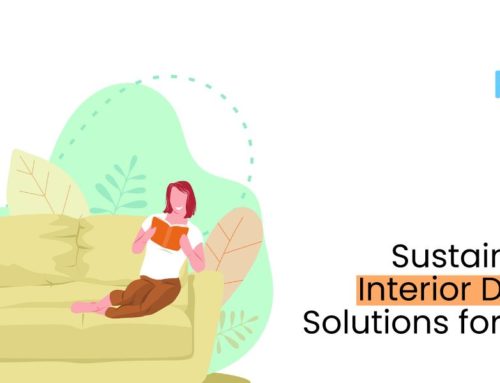
This is a great article…quite informative. It made me think over my lifestyle and realize that a lot of changes are needed.
We all need to geneuinely take efforts to make our lifestyle environment friendly. Although people are aware that we need to become pro environment, even then it isn’t being stricly heeded. It works only as per convenience. We need to understand the grave situation the earth is in right now. Until and unless a sense of urgency is created, most of us humans will never go out of the way to create the change urgently required. We need to change this attitude and commit to actively contributing to earth like the architect is doing.